The limited space in our apartments has meant that over time we've given up large dining room tables in favor of coffee tables or extendable tables, which look more like a cupboard when they're squeezed together. Lately, however, tables have become more and more objects that designers are putting their stamp on, in terms of shapes, construction solutions and materials. Tables made from combinations of wood, metal, glass, metal, glass or epoxy resin (if you work with epoxy resin, you can also find a good price on Market.Market) are reclaiming space in living rooms, living rooms and dining rooms. So, under the generic name of wooden tables, we find a wide variety of models, from tables with solid wood tops as simple and natural as possible, to tables in various combinations, with wooden and epoxy resin tops, wooden tables with metal or glass legs, tables with various leg designs and ingenious ways of attaching the top.
What features a dining table should have
Because, regardless of the aesthetics, the table should first and foremost be functional and comfortable, let's take a look at the technical features you should look out for when buying a table.
To sit comfortably, each person at the table needs 60 cm of countertop. The table height should be between 72 and 78 cm. Any lower will be uncomfortable for your back, and any higher will make it difficult to support your arms. To have enough room on the table for plates, glasses and the like, the minimum width should be 80 cm. In addition, when seating in the room, an extra 1m of space on each side of the table should be taken into account for seating and easy and comfortable access to the table.
Tables can be square, rectangular or round. The tabletop can be supported on a central leg, on two frames at the ends of the tabletop, or on 4 legs fixed 10 cm inwards from the edge of the tabletop or exactly on the corners. The center leg has the advantage of making more efficient use of the countertop surface by allowing people to sit anywhere without being inconvenienced by the legs. On rectangular tables with legs that are 10 cm inside the table, when calculating the space for the people at the table, the 10 cm is practically useless. That's why tables with legs attached to the corners of the tabletop are more practical.
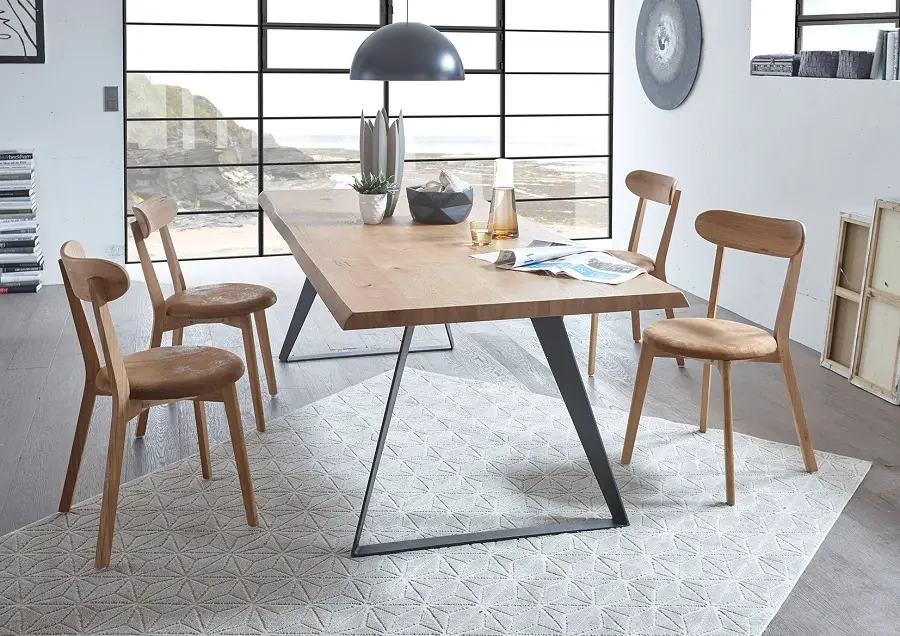
Wood combined with glass
The combination of wood and glass creates a special effect. When the legs are made of glass, the top seems to float. If the top is solid oak or walnut, the effect is even stronger. We've seen them in North Arin, one of the Romanian manufacturers of quality solid wood furniture. This kind of solid oak and walnut furniture is much appreciated abroad.
Nord Arin tables are made of massive oak, but the combination with glass makes them seem less cumbersome. In designs where the glass is part of the worktop, it reduces the massiveness of the oak and creates an elegant mix. Totally transparent legs make the table less cluttered and clutter-free. Worktop in oak remains impressive without becoming a strain on the camera.
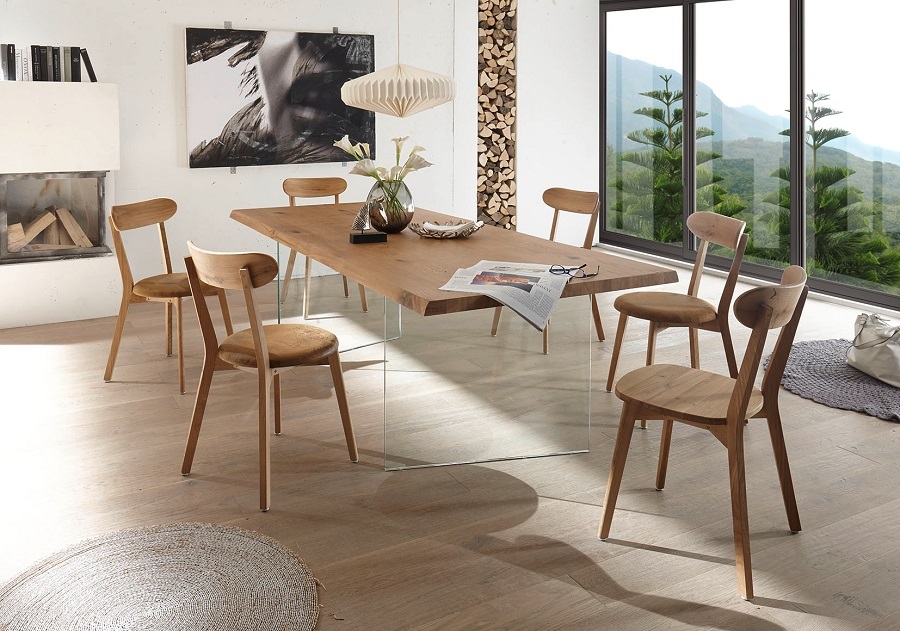
Wood and metal
The rustic-industrial style, popular in recent years, includes such tables with artificially aged wooden tops and metal legs. The metal can be finished to look rusty, bronze or pewter.
Metal legs are generally frames on which the worktop rests at the two ends or a center leg. Breaking away from the classic table with legs in the corners of the worktop allows for interesting yet practical designs with a very stable central leg.
There are also models that manage to break away from the idea of the massive by coming up with delicate solutions to support the wooden countertop. Fine metal rod constructions support the countertop giving the impression of a light, fragile construction.
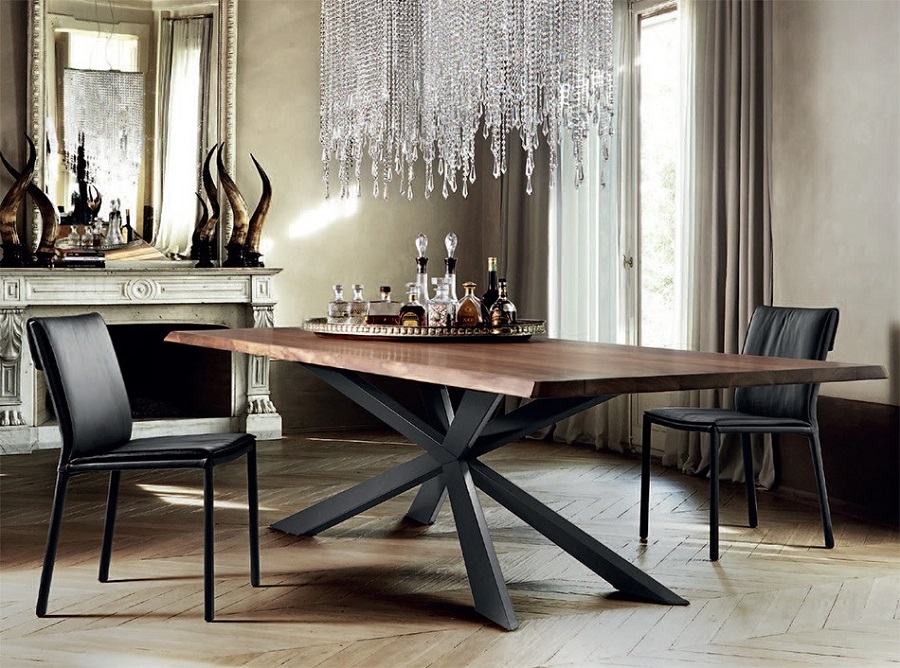
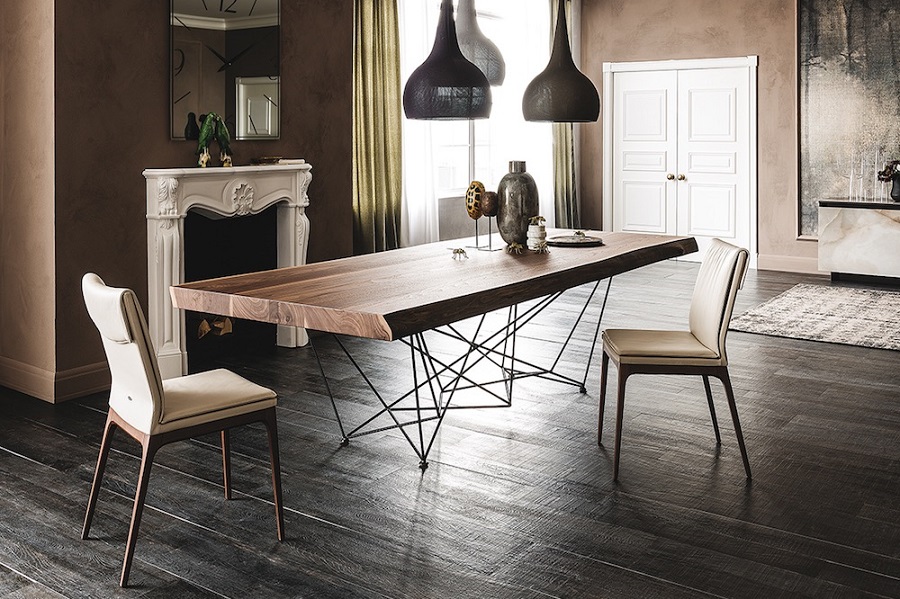
Wood and epoxy resin
It is perhaps the most spectacular combination and the one that fires the imagination of many DIY enthusiasts. Resin makes it possible to create a wide variety of patterns, to create unique, one-of-a-kind designs, and for designers it makes it possible to create incredible designs.
Clear or colored resin can be used and combined with other materials. The combination of reclaimed wood and resin is a real winner. Also, pieces of wood that look like they will never find a use in furniture making, combined with resin, result in unique and impressive designs.
If such designs give you ideas, you can find inspiration, as well as technical information on using epoxy resin here and here. Just a word of advice: start with small and simple things because you need experience to get a good start. perfectly transparent resin.
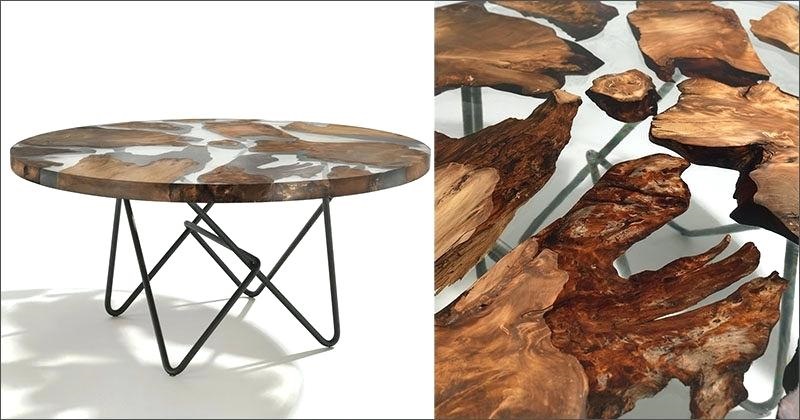
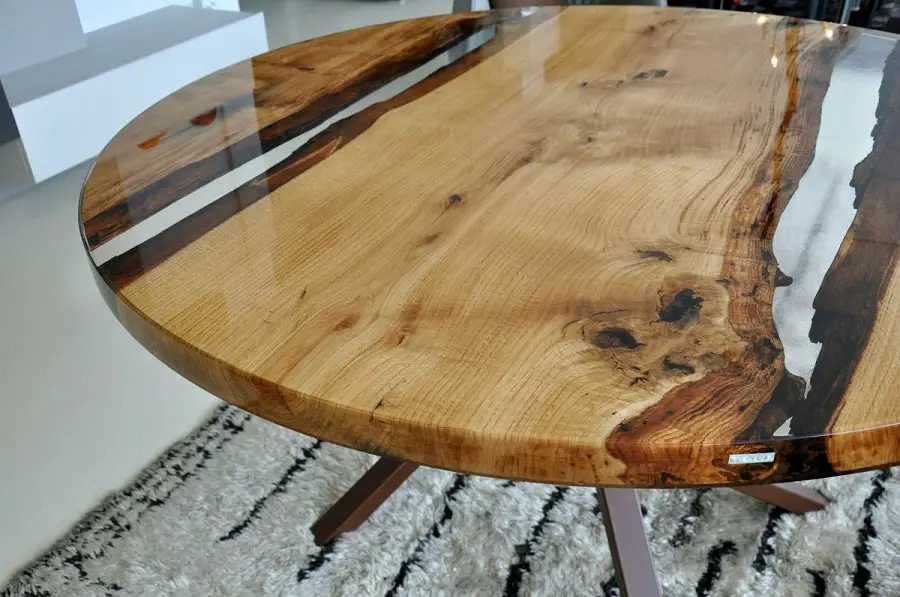
Table - interior design object
Even in the past, they used to make special, eye-catching tables. Now, however, the possibilities of combining different materials have made it possible to create wooden table designs with a distinctive design. Confidence has grown and wood has been used in combinations that were impossible before. One example is the combination of wood and cement.
Table design continually amazes us. Floating heavy tops, combinations of wood, glass and metal, the most unusual shapes, hundreds of years old wood, nothing seems impossible anymore.
Romanian producers have also entered the race with their impressive meals, admired all over the world. This is the case North Arin, the manufacturer from near Piatra Neamt that exports furniture to traditional countries such as Italy and Germany. Their continued willingness to come up with new ideas and collaboration with young and inspiring Romanian designers heralds more pleasant surprises soon.
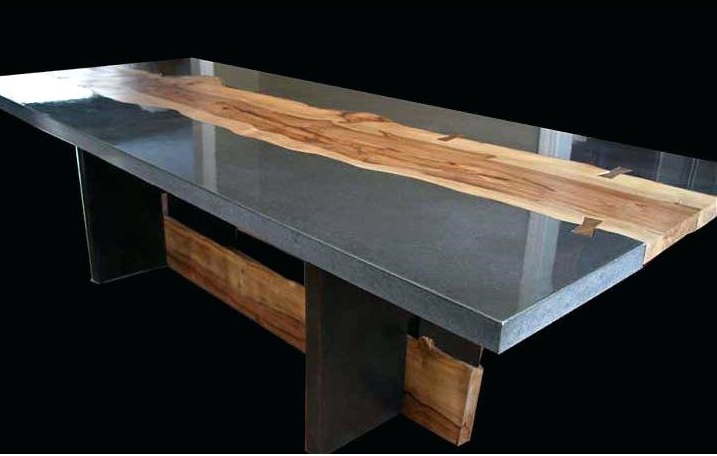
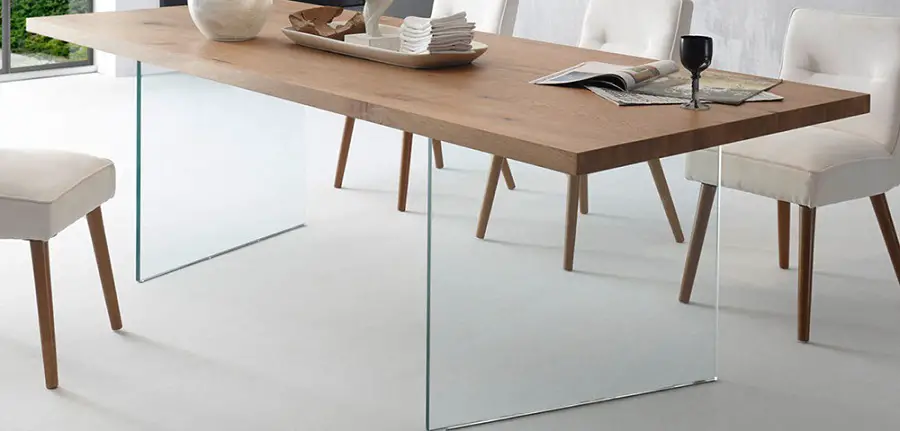


























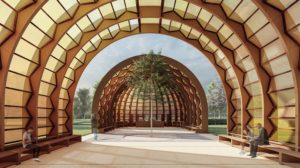
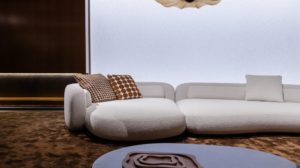



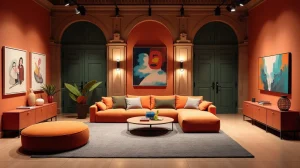

congratulations!